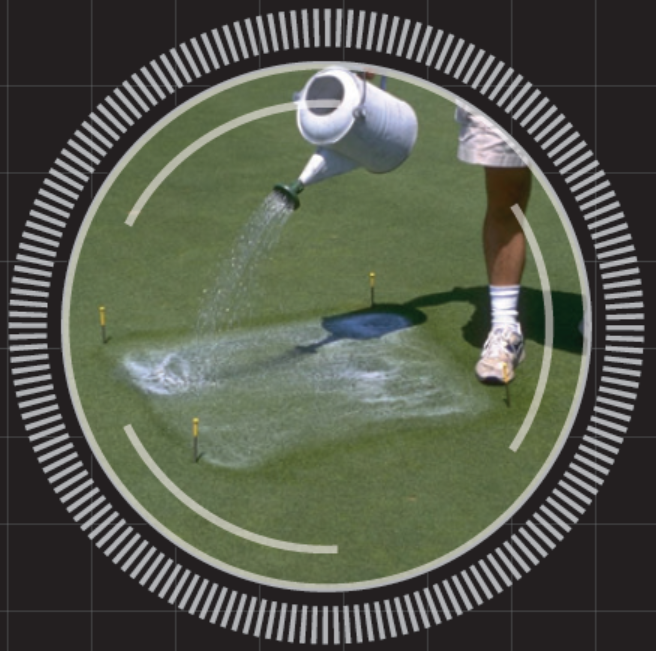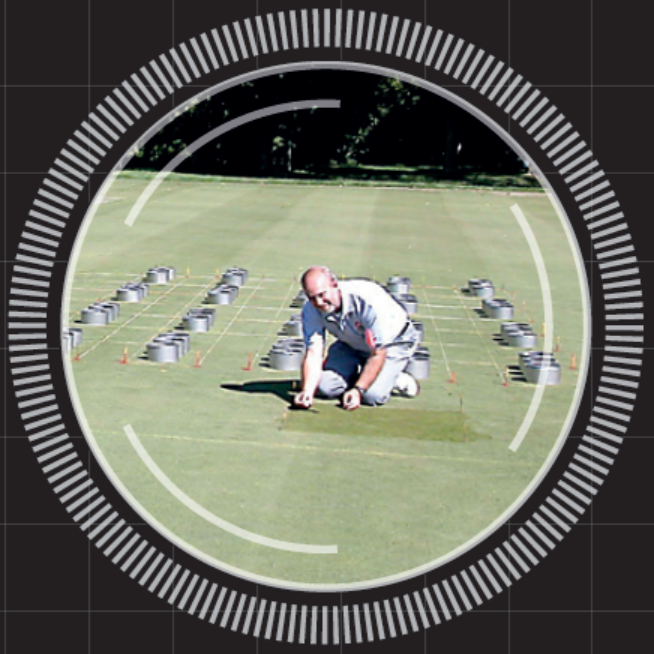ADULT SAMPLING
A detergent flush will bring up Hunting billbug adults as well as turf-infesting caterpillars and mole crickets from your greens or fairways.

Where Hunting Billbugs have caused turf damage in previous seasons, start sampling for overwintered adults when soil temperatures at 2cm reach 15°C.
They will usually surface quickly when exposed to a detergent flush. This is made by mixing one tablespoon of common dishwashing detergent per gallon of water. Two gallons will be required to flush approximately one square meter of turf. Some detergents can have a phytotoxic effect on some grasses, so test any detergent used to determine if there is any yellowing of the turf two to five days after the flush. If this happens, try a different detergent.
Flush 3 - 5 locations located down a fairway. Record the number of billbugs that come up within 3 - 5 minutes. If five or more adults surface per square meter, treatment should be considered. If less, consider flushing again in 6 - 8 weeks (at the end of the first generation) and 16 weeks later (peak first generation adult activity).
LARVAL SAMPLING
Raking the damaged turf and inspecting the soil-thatch zone should quickly disclose any Hunting Billbug feeding damage and larvae.

Larvae are generally located in the soil-thatch zone where the maximum amount of turf roots and stolons are located. Larval populations as low as three larvae per square foot can cause turf dieback in small patches. This low number of larvae can also be very difficult to detect. However, the best method to detect them is to use a flat-bottom shovel (six-inch is the normal size).
Cut the turf on four sides, using the width of the shovel. Remove the turf and underlying inch or two of soil and place in a plastic dishwashing pan. Shake the turf to remove as much of the soil as is possible. Rake through the soil to detect any of the small, cream coloured larvae that may fall out. If two or more larvae per sample are found, consider treatment. Where adult and larval damage is suspected, use the fingers of one hand to rake the brown turf back and forth in a 4 - 6 inch swath. If small bits and pieces of stems and stolons fly up, pick some up and inspect the ends with a hand lens. If they appear to have been cut through or scooped out, billbugs are likely present. Larvae should be visible with a little further raking.
